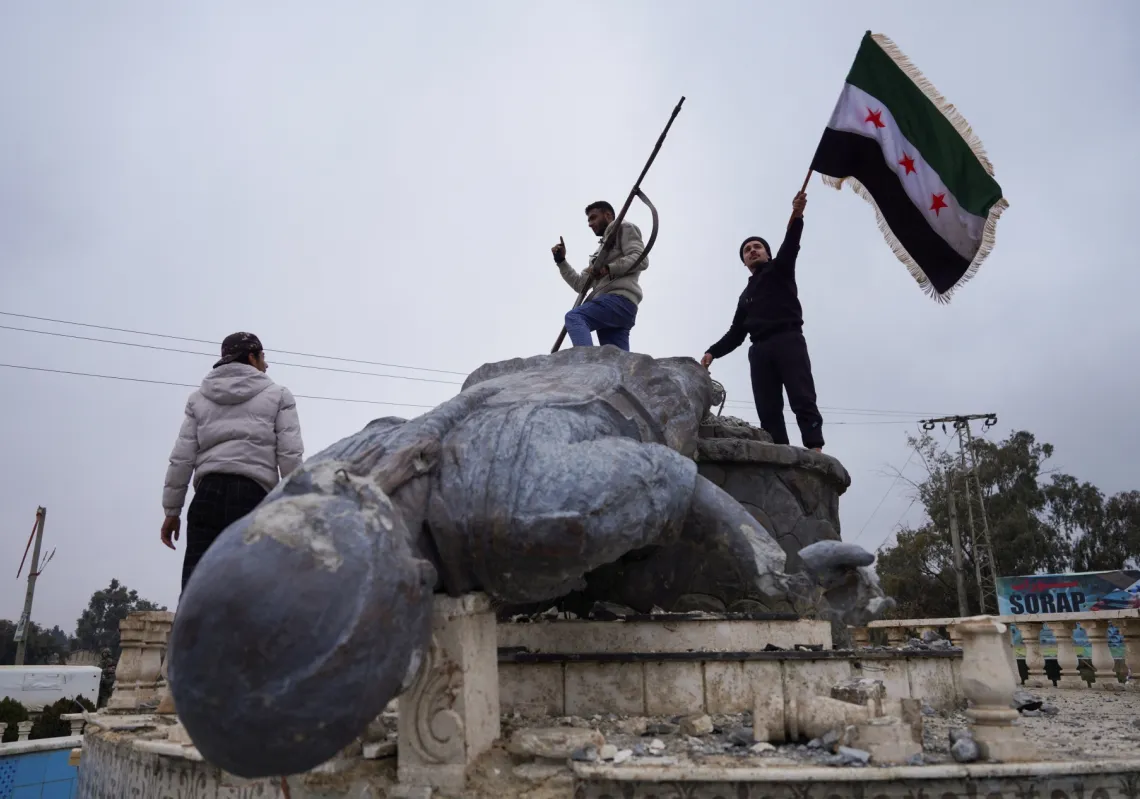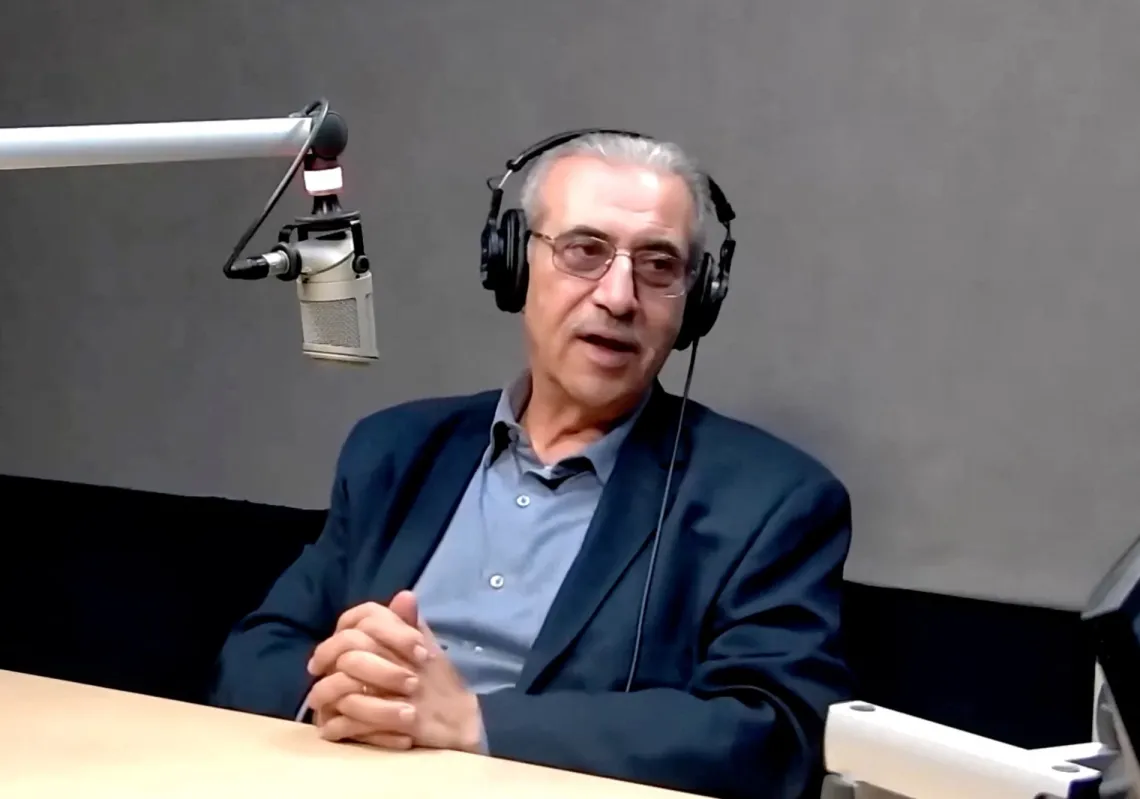Cairo: In his latest trilogy – Tales of a Cinematographer: The Strange and the Hidden of Filmmaking – seasoned Egyptian cinematographer Said Shimi takes us behind the scenes of his storied career.
The filmmaker and writer has written thirty-five Arabic books to date. Nearly half were written in stolen moments between movie sets. As for the rest, he penned them after he retired from film at the age of 70.
Shimi's books are known to be character-driven. They feature his renowned colleagues – like Abdel Aziz Fahmy, Ohan, Ramses Marzouk, Mohsen Nasr, Tarek El-Talmassani and Essam Farid – who represent different generations within the industry, from the pioneering masters to those who followed in their footsteps.

Shimi’s latest recollections, split across three parts, focus on the time periods and individuals that left the biggest mark on him.
“These memories, and events that happened in my lifetime, might be interesting or useful to some and meaningless to others,” he writes, in the first part of the trilogy. “Inside me, there is still a playful child, even as I approach eighty. Why do I hold onto all these things?”
Regardless of the answer, it seems that Shimi is ready to let go of a few things – at least by sharing them with his readers.
Rule-breaker, risk-taker
Shimi has never been afraid to think outside the box. In fact, it was a necessity at the start of his career.
He made his debut film (as director and camera operator) University Life while studying history at Cairo University. Due to a low budget, his classmates doubled as movie stars. He had to borrow his uncle’s camera and craft a makeshift dolly out of a soft drink crate to get smoother, more professional-looking shots.
His resources were limited, but his passion was boundless. Throughout his career, he steadfastly avoided playing it safe. (A notable example: The daring underwater sequence he filmed in Nader Galal's 1989 film Jahim Taht Al-Ma (Hell Underwater), starring Samir Sabry.)
Even as a writer, Shimi can’t help but be bold and cinematic.
In a chapter titled As it Happens in the Movies (in part two of his trilogy), Shimi dramatises a real-life, harrowing plane incident. He, his mother and his sister were on their way to perform pilgrimage (Hajj) when one of the plane’s engines caught fire during landing.
While that story – and others like it – demonstrate Shimi’s storytelling chops, the trilogy itself is not laser-focused on his personal life. It also provides observations of Egyptian society and its evolution over the decades.












